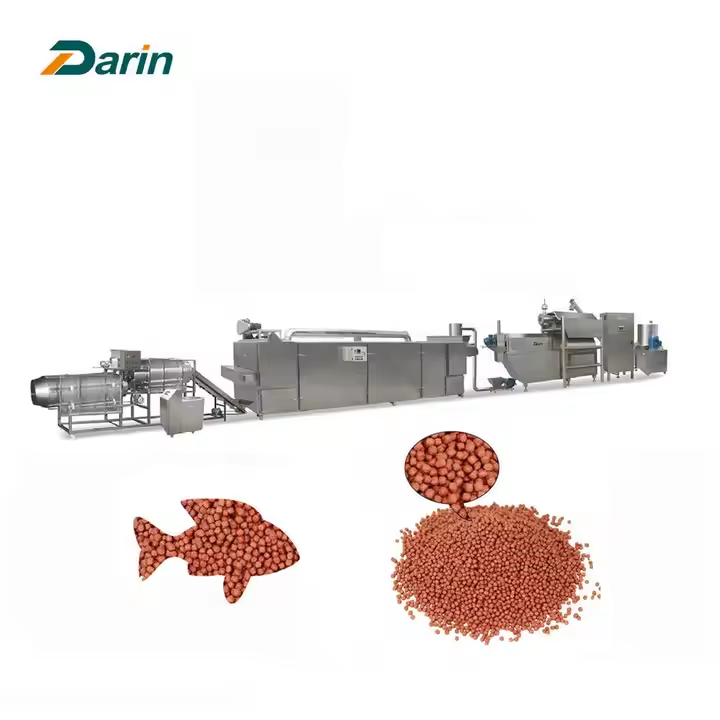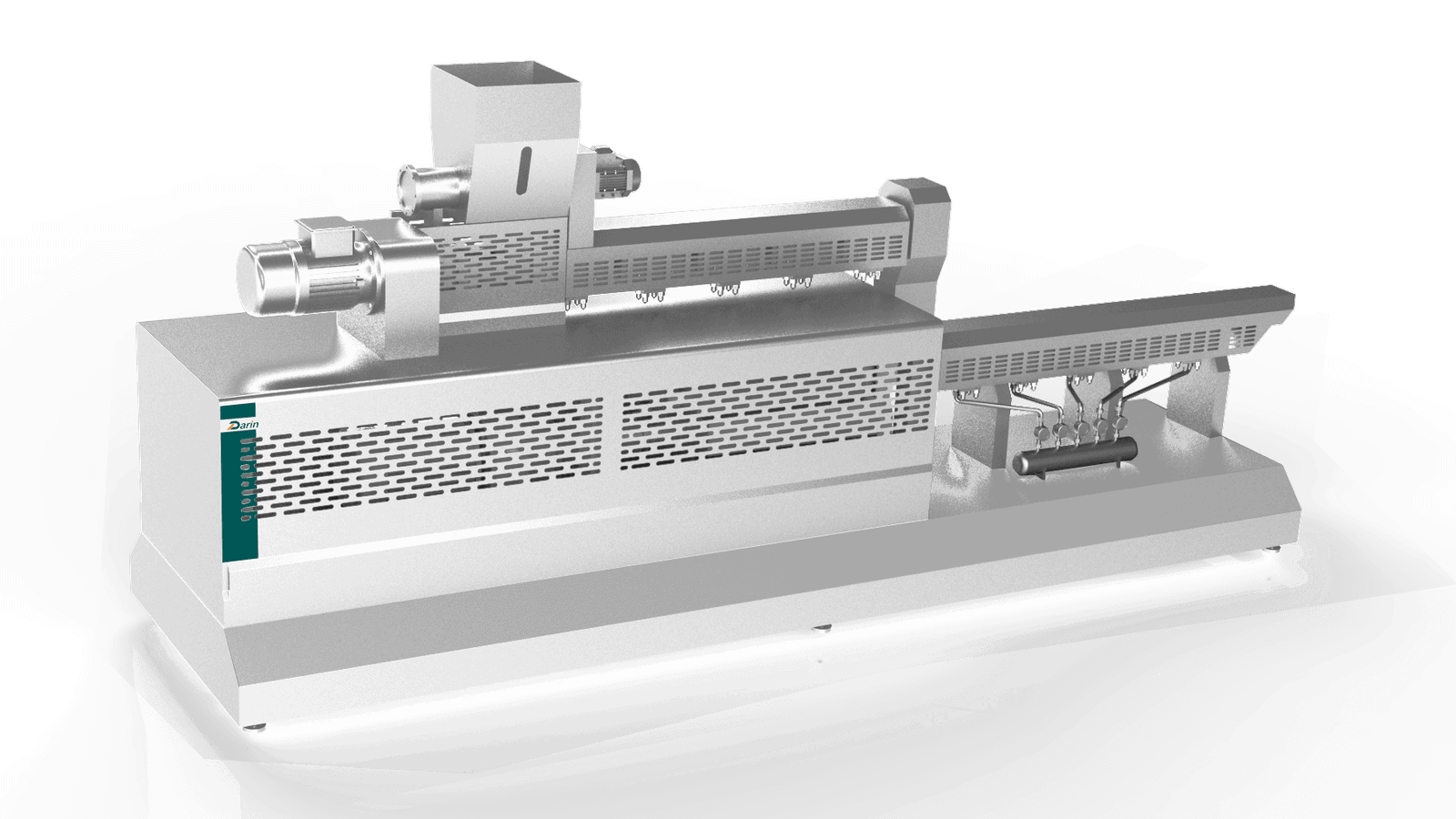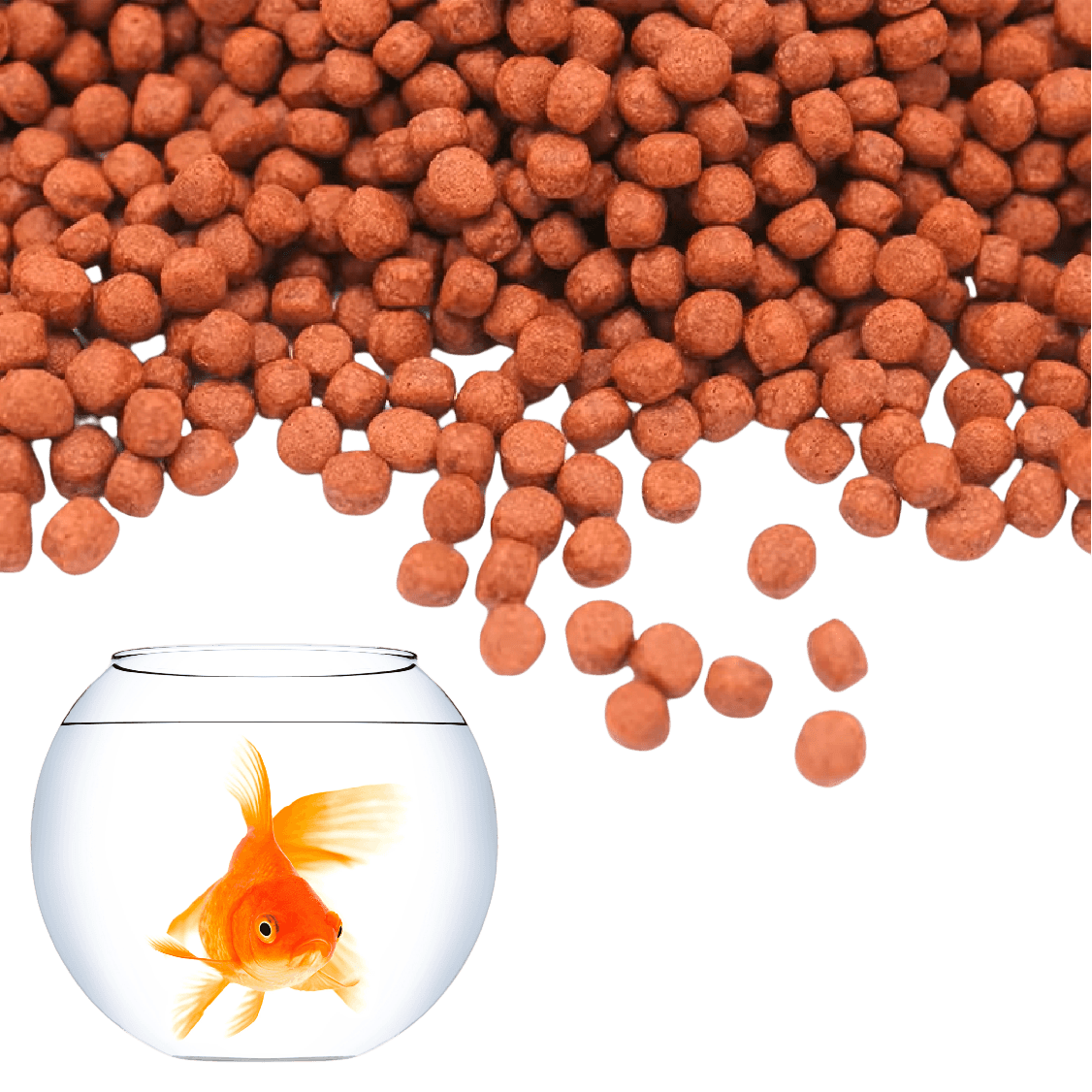
Efficient aquaculture feed production depends on the correct operation of fish feed pellet machines. Unfortunately, many fish farmers or feed plant operators struggle with issues like inconsistent pellet quality, machine blockages, or excessive energy use—often because of improper setup and poor process control. These problems can lead to increased costs, fish malnutrition, and equipment damage. Understanding the correct steps to operate a fish feed pellet machine can help avoid these risks, ensuring high output, uniform pellet quality, and machine longevity. This article outlines each essential stage in detail to help you start production confidently and professionally.
The basic steps to operating a fish feed pellet machine include raw material preparation, correct machine setup, gradual feeding, monitoring extrusion parameters (like temperature, pressure, and moisture), adjusting cutter speed for pellet length, and timely cleaning. Each step ensures consistent pellet shape, size, and nutritional integrity for optimal fish growth.
To get the best results from your fish feed production line, it's vital to understand not only the mechanical steps involved but also the logic behind each one. Let’s walk through the entire process, from raw material input to final pellet output, while exploring how these steps influence feed quality and production efficiency.
Fish feed pellet machines are difficult to operate without professional training.False
While experience improves efficiency, the basic operation of fish feed pellet machines can be learned through proper instruction and standard operating procedures.

Step-by-Step Guide to Operating a Fish Feed Pellet Machine
1. Raw Material Preparation and Mixing
A critical first step is preparing the right mix of ingredients for your specific fish species and growth stage.
| Ingredient Type | Purpose | Common Examples |
|---|---|---|
| Protein sources | Growth and muscle development | Fishmeal, soybean meal, blood meal |
| Carbohydrates | Energy supply | Corn, wheat, rice bran |
| Lipids | Energy and essential fatty acids | Fish oil, vegetable oil |
| Vitamins & Minerals | Immunity and metabolic health | Premixes (A, D, E, calcium, phosphorus) |
| Binders | Pellet stability | Starch, molasses |
- Grinding: Use a hammer mill to reduce raw materials to <0.5mm (small fish) or <1mm (larger fish).
- Mixing: Homogeneously mix dry and wet ingredients in a mixer for nutritional balance and extrusion efficiency.
2. Machine Setup and Pre-Start Checklist
Before running the machine, follow these safety and preparation protocols:
| Checklist Item | Action Required |
|---|---|
| Power and grounding check | Ensure stable 3-phase power and proper earthing |
| Die and cutter installation | Tighten securely and ensure correct alignment |
| Moisture content of feed (18–22%) | Adjust using water or steam before feeding |
| Lubrication | Apply grease or oil to moving parts |
| Preheating (if required) | Pre-run to stabilize barrel temperature |
Note: For twin-screw extruders, independent control of temperature zones and screw speed is essential for consistent performance.
3. Feeding Process and Extrusion Control
Begin feeding mixed raw material gradually into the hopper. Monitor and control:
- Screw speed (typically 300–600 rpm)
- Barrel temperature (90°C–150°C depending on feed type)
- Back pressure and die resistance
- Steam or water injection for conditioning (optional)
| Parameter | Recommended Range | Effect on Pellet |
|---|---|---|
| Moisture content | 18–22% | Pellet shape, density, floatability |
| Temperature | 90°C–150°C | Cooking level, microbial safety |
| Pressure | 2–5 MPa | Pellet compression and binding |
Watch for signs of clogging, overheating, or uneven discharge.
4. Cutting and Pellet Length Adjustment
At the die exit, rotating knives cut the extruded material into uniform pellets.
- Cutter speed control determines pellet length
- Shorter lengths: 3–5 mm for fry
- Longer pellets: 8–12 mm for large fish
Ensure consistent blade sharpness and regular cleaning to avoid pellet tearing or clumping.
5. Cooling and Drying
Fresh pellets are hot and moist. They must be cooled and dried to:
- Reduce moisture to 10–12% for storage
- Prevent mold and spoilage
- Improve structural stability
| Drying Method | Cooling Method | Remarks |
|---|---|---|
| Belt dryer | Ambient or forced air cooler | Ideal for large-scale operations |
| Batch oven dryer | Tray cooler | Suitable for small farms or labs |
6. Screening and Packaging
Final steps:
- Screening: Remove broken pellets and dust
- Packaging: Seal in moisture-proof bags
- Labeling: Include batch number, feed type, and expiration
7. Cleaning and Maintenance
Post-operation cleaning is essential to prevent:
- Cross-contamination between batches
- Blockages due to residue
- Equipment wear from stuck feed
Daily maintenance checklist:
| Component | Maintenance Action |
|---|---|
| Die and cutter | Remove, clean, and inspect |
| Screws and barrel | Flush with water or special cleaner |
| Bearings and motors | Lubricate per manual instructions |

Key Considerations for Beginners
- Start with small test batches to fine-tune parameters
- Record all settings (moisture, speed, temp) for repeatability
- Use quality raw materials to avoid screw abrasion and pellet inconsistency
- Invest in a training session from the manufacturer for long-term efficiency
Why Proper Operation Matters
Operating a fish feed pellet machine efficiently isn’t just about maximizing output—it directly impacts fish health, feed cost per kilo, and your business’s profitability. Poorly extruded feed can disintegrate in water, reduce feeding efficiency, and increase ammonia in ponds. On the other hand, well-formed pellets ensure better nutrient retention and minimal feed waste.

Conclusion
Operating a fish feed pellet machine is a technical but highly manageable process when guided by a clear understanding of each step. From raw material selection to moisture control, extrusion settings, and maintenance, every stage plays a role in the final pellet quality and the sustainability of your aquaculture operation.

Contact Darin Machinery Today!
If you're ready to upgrade your fish feed production with professional-grade equipment and expert technical support, Darin Machinery is here to help. With decades of experience in designing and manufacturing fish feed pellet machines, we provide not only the machines but full training, technical guidance, and after-sales service.
👉 Contact Us Now to start your feed production journey the right way!









